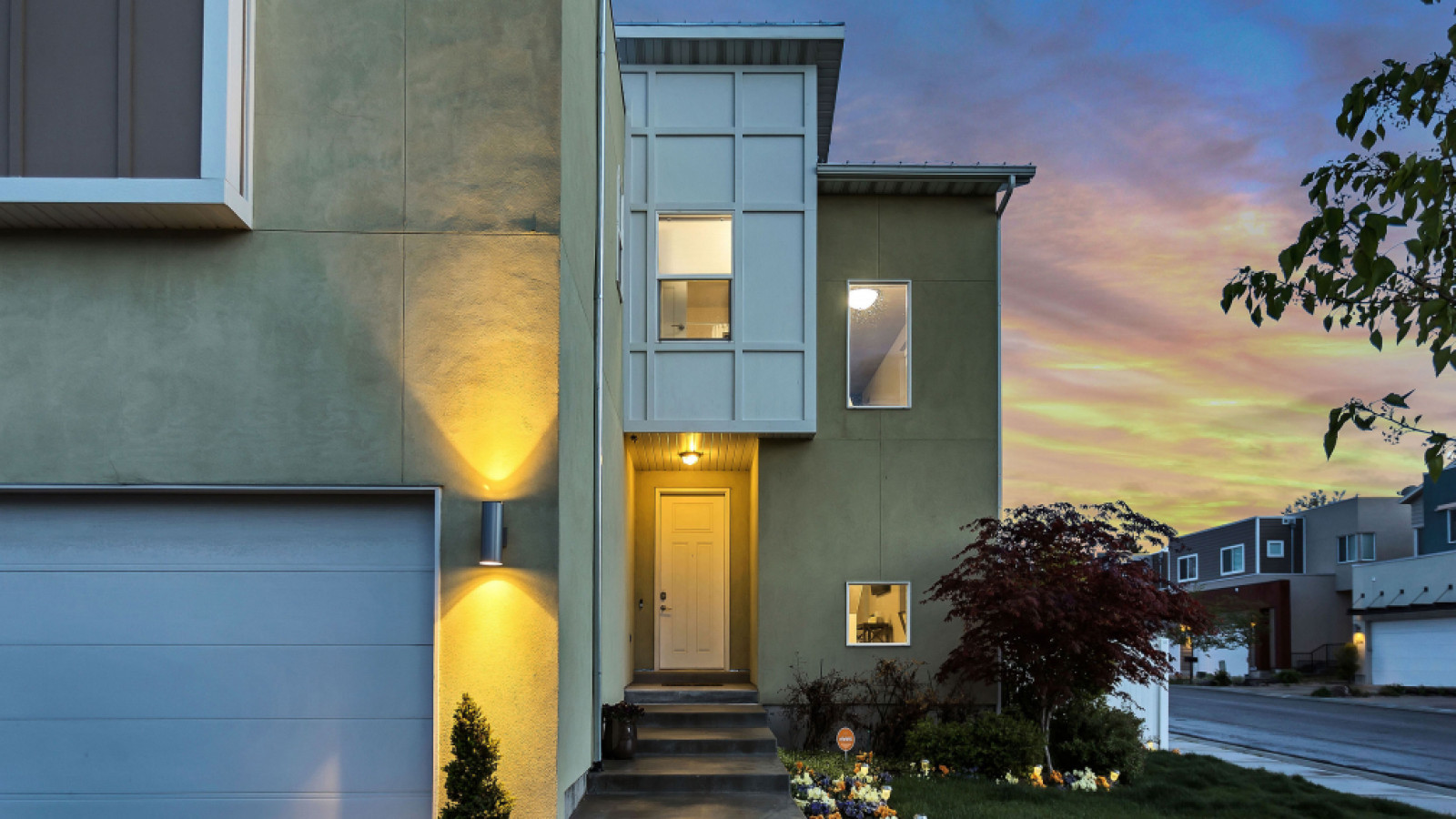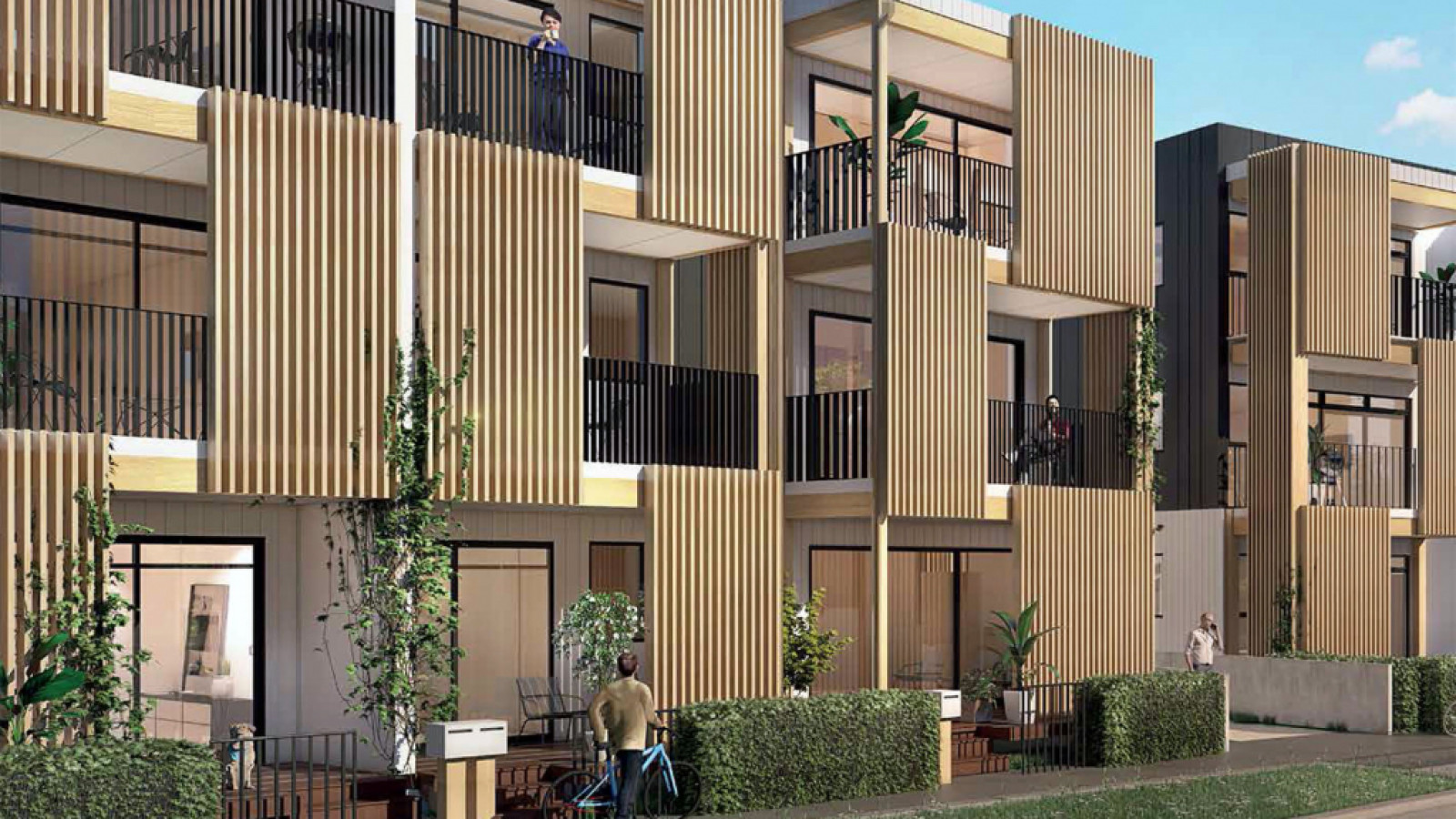1
This month I look at how we can raise our insulation game when it comes to window and roof design + we have a new round of the Medium Quick-Fire Quiz.
You are using an outdated browser version not supported by this website.
Click here to upgrade your browser
5,247 products with technical literature, drawings and more from leading suppliers of NZ architectural materials.
Case studies, new products and product news from leading suppliers of NZ architectural materials.
Blogs for architectural specifiers, offering product, design and business advice.
 Library
Library
 Brands A–Z
Brands A–Z
 EBOSSNOW
EBOSSNOW
 Detailed
Detailed
 Account
Account
This month I look at how we can raise our insulation game when it comes to window and roof design + we have a new round of the Medium Quick-Fire Quiz.

Recently there seems to be a developing interest in locating domestic aluminium windows to align with the thermal insulation zone of exterior walls. This interest seems to be focused on thermally broken window frames and the by-passing of the thermal break which occurs with current window installation details.

When there is talk of thermal insulation 'R-values' soon come into the conversation, but how do they relate to the actual thermal comfort of a building? And are they the primary determinant of the thermal comfort of a home?

Construction businesses with differing levels of experience and expertise can form partnerships at an individual project level in order to increase information, education and skills — as collaboration between Stanley Group and Tall Wood at The Grounds, Hobsonville Point shows.

Thermally broken window frames have been available for a number of years, but for some reason their uptake has not been as rapid as might be expected from the promotion given to them.
Creating living buildings opens up conversations about design, sustainability and regeneration of natural resources.
There are city councils in New Zealand which offer their citizens and local designers free advice on how to improve the quality and comfort of both new and existing homes.
Ensuring that medium-density low-rise apartment complexes comply with NZBC-H1 (Energy Efficiency) is more involved than for stand-alone dwellings.
Heating a house is not as simple as just fitting a heat pump to a convenient wall. The most important first step is to develop a heating and cooling Performance Brief for the residence.
A new edition (Fourth) of the New Zealand Building Code Clause H1 (Energy Efficiency) has been published. It became effective on 1st January 2017.
As populations grow, could adopting modern construction methods and technologies like offsite construction be the key to responding to the global housing challenge?

New and updated architectural products, design solutions, inspiration, technical advice and more when you sign up for EBOSS.




 Most Popular
Most Popular Popular Products
Popular Products

